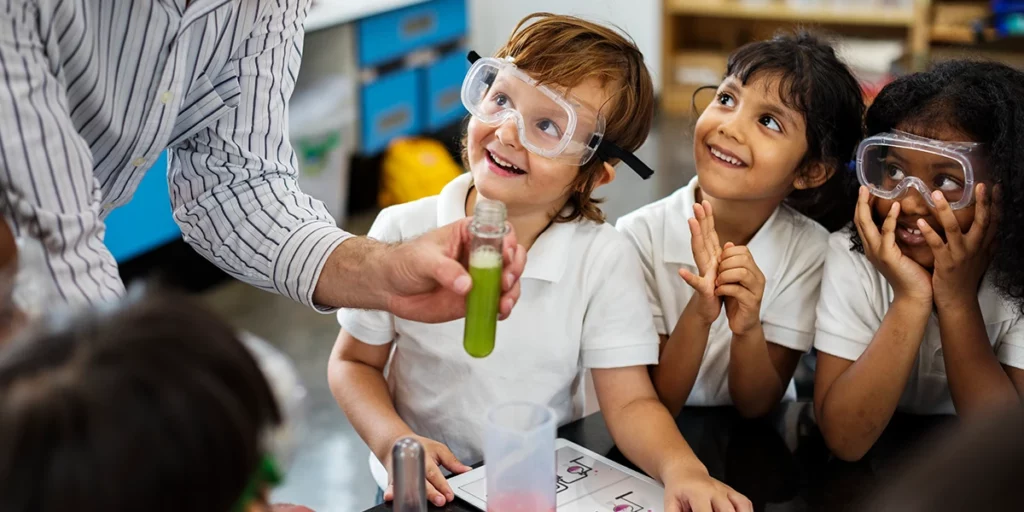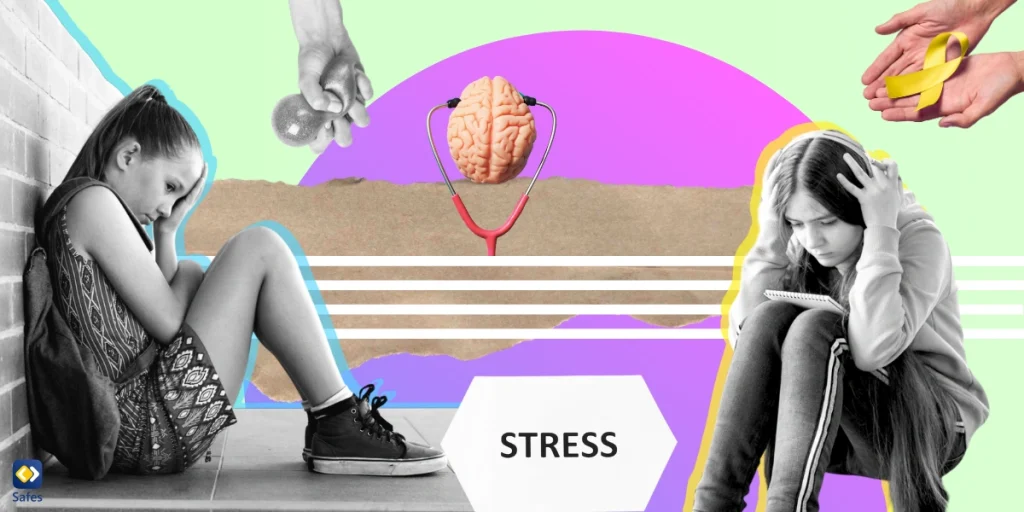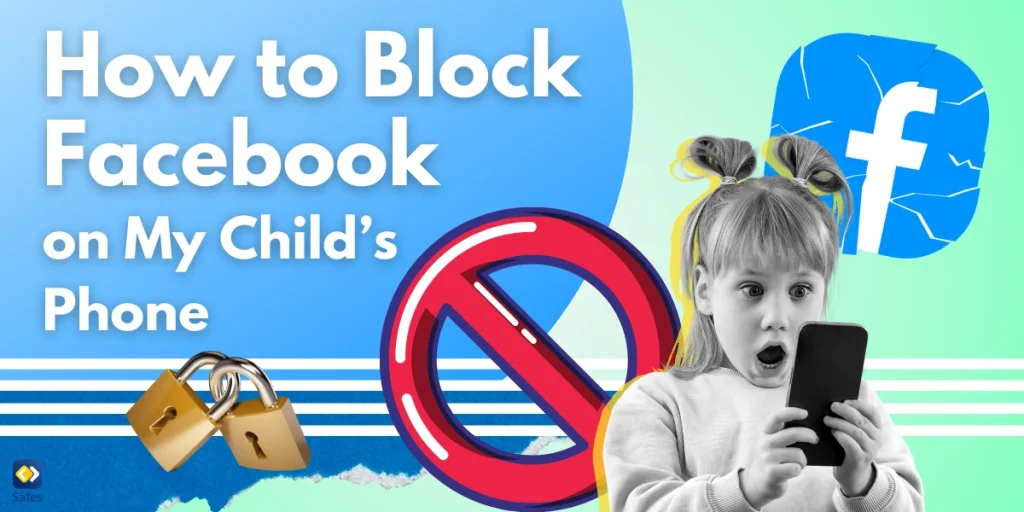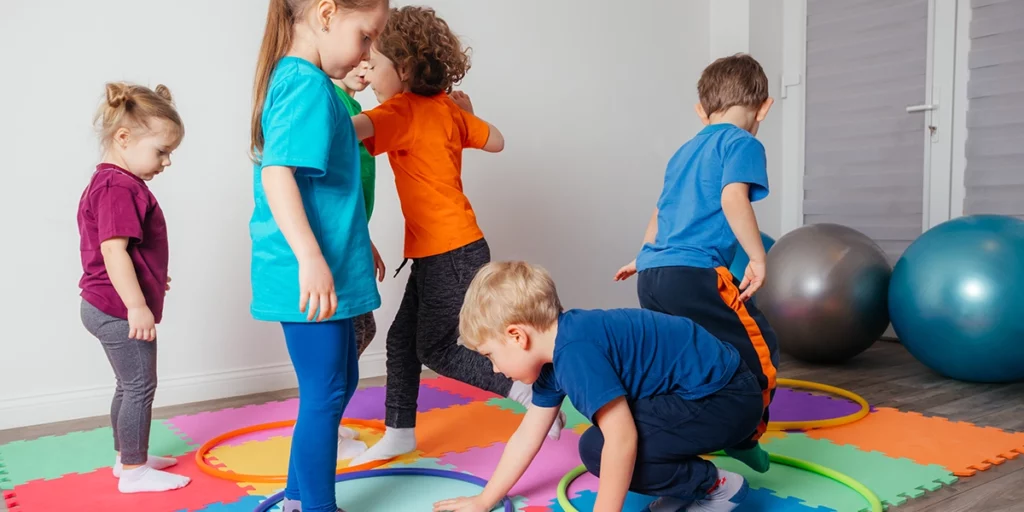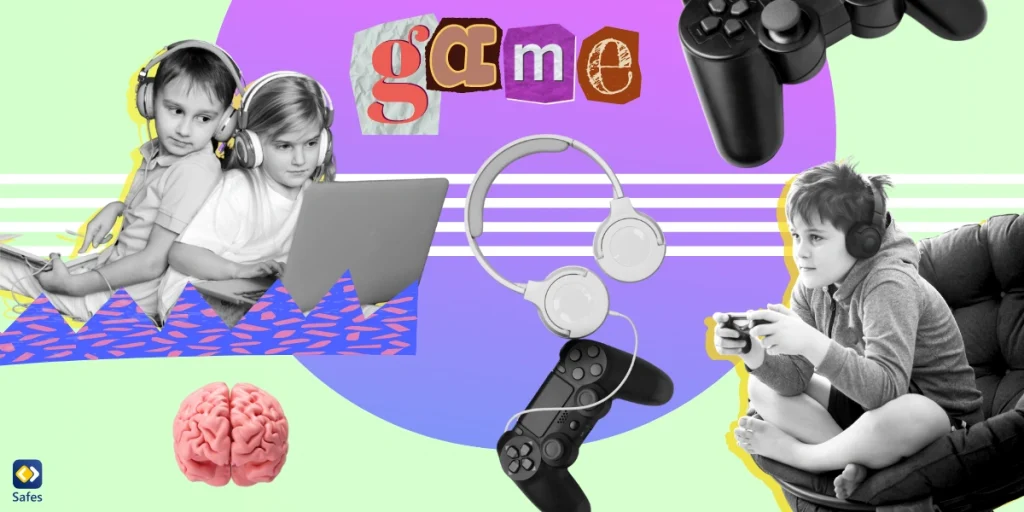Creativity in the classroom is a crucial element of education that fosters critical thinking skills, innovation, and problem-solving abilities in students. However, schools often face numerous barriers to nurturing creativity in students. Fostering creativity in schools is essential, but it is not an easy task. Teachers are often constrained by rigid curriculums, standardized testing, and limited resources. This blog post aims to explore the role of schools in overcoming barriers to creativity in the classroom and ways to encourage creativity in students.
Download and Start Your Free Trial of the Safes Parental Control App
Related Articles:
|
What is Creativity?
Creativity is the ability to generate new and innovative ideas or concepts, make connections between seemingly unrelated things, and think outside the box. There are different types of creativity, including artistic or visual creativity, scientific or technological creativity, and social or collaborative creativity. Creativity is an essential component of education because it fosters critical thinking skills, problem-solving abilities, and innovation. Examples of creativity in the classroom can range from students coming up with unique solutions to problems to creating new and original pieces of art to collaborating with others to develop innovative projects.
Assessing Creativity
Assessing creativity is a complex and challenging task because creativity is often subjective and difficult to measure objectively. Moreover, creativity is not a static characteristic, and it can manifest in various ways. Some of the challenges of assessing creativity include the lack of consensus on what constitutes creativity, the difficulty in distinguishing between originality and novelty, and the role of individual differences in creativity. Some methods of assessing creativity include the Torrance Tests of Creative Thinking, which assesses divergent thinking skills, and the Consensual Assessment Technique, which involves expert evaluation of creative works. Other methods include the use of rubrics, self and peer assessments, and portfolio assessments.
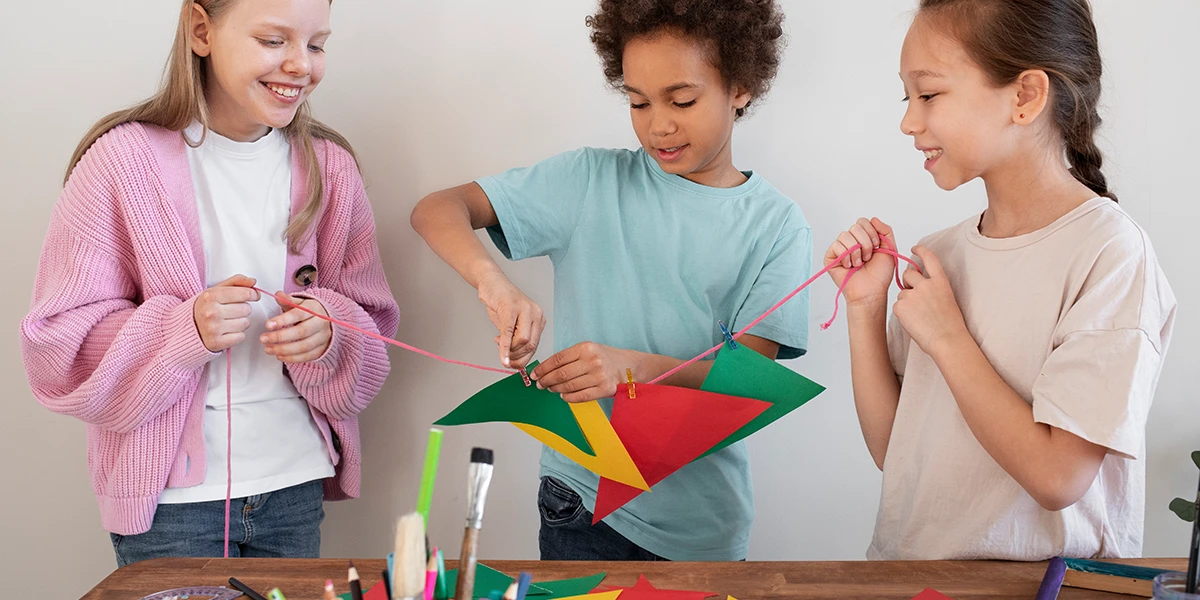
Barriers to Creativity in the Classroom
Cultural and societal factors that can hinder creativity in the classroom include social norms that prioritize conformity and obedience over innovation and risk-taking, as well as cultural beliefs that view creativity as a luxury rather than a necessity. Educational systems can also hinder creativity by emphasizing rote learning and standardized testing over critical thinking and problem-solving skills. Negative attitudes towards creativity can also be a constraint, as some educators and students may view creative pursuits as frivolous or unimportant.
To foster creativity in the classroom, teachers may need to challenge these cultural and societal factors by encouraging risk-taking, providing opportunities for self-expression, and emphasizing the value of creativity in problem-solving and innovation.
Strategies for Encouraging Creativity in the Classroom
To promote creativity in the classroom, it is essential to foster a positive classroom culture that values creativity. Teachers can do this by encouraging exploration and experimentation, using diverse teaching methods and materials, providing opportunities for collaboration and team-building, and giving students choices and autonomy.
Creative teaching strategies such as project-based learning, inquiry-based learning, and problem-based learning can also be effective in promoting creativity. Teachers can also incorporate activities that encourage divergent thinking and brainstorming, such as brainstorming sessions, mind mapping, and group discussions. Providing opportunities for students to showcase their creativity, such as through art shows or performances, can also be effective in promoting creativity in the classroom.
Finally, teachers can encourage risk-taking and innovation by providing a safe and supportive environment where students feel comfortable sharing their ideas without fear of judgment or criticism.
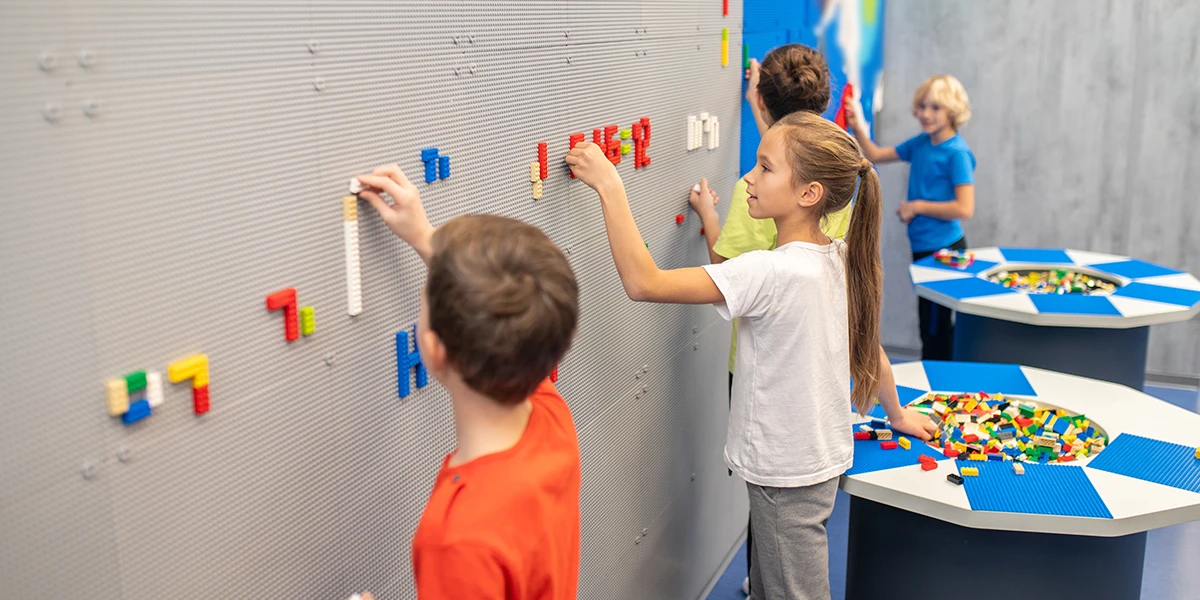
Examples of Schools and Teachers Fostering Creativity
There are several examples of schools and teachers who have successfully implemented strategies for encouraging creativity in the classroom. One example is High Tech High, a network of schools in California that emphasizes project-based learning and encourages students to explore their interests and passions. Teachers at High Tech High use a variety of strategies to promote creativity, including incorporating art and design into all subjects, encouraging cross-disciplinary projects, and providing opportunities for students to showcase their work to the community.
Another example is the Big Picture Learning network of schools, which emphasizes personalized learning and encourages students to engage in real-world projects that align with their interests and goals. Teachers at Big Picture Learning schools work closely with students to design projects that help them develop their creative thinking skills and apply what they are learning to real-world situations.
Both High Tech High and Big Picture Learning have faced challenges in implementing their approaches to creativity in the classroom, including resistance from teachers and parents who are accustomed to more traditional forms of education. However, they have overcome these challenges by demonstrating the effectiveness of their approaches and building a supportive community of educators, parents, and students who are committed to fostering creativity and innovation in education.
Conclusion
In conclusion, creativity in the classroom is essential to prepare students for the future, where they will need to solve complex problems and adapt to rapidly changing environments. Schools and teachers can encourage creativity by using strategies such as project-based learning, cross-disciplinary projects, and personalized learning, among others. While implementing these strategies can present challenges, schools and teachers can overcome them by building a supportive community of educators, parents, and students who are committed to fostering creativity and innovation in education. By fostering creativity in the classroom, schools and teachers can help students develop the skills and mindset needed to thrive in the 21st century.
Your Child’s Online Safety Starts Here
Every parent today needs a solution to manage screen time and keep their child safe online.
Without the right tools, digital risks and excessive screen time can impact children's well-being. Safes helps parents set healthy boundaries, monitor activity, and protect kids from online dangers—all with an easy-to-use app.
Take control of your child’s digital world. Learn more about Safes or download the app to start your free trial today!
